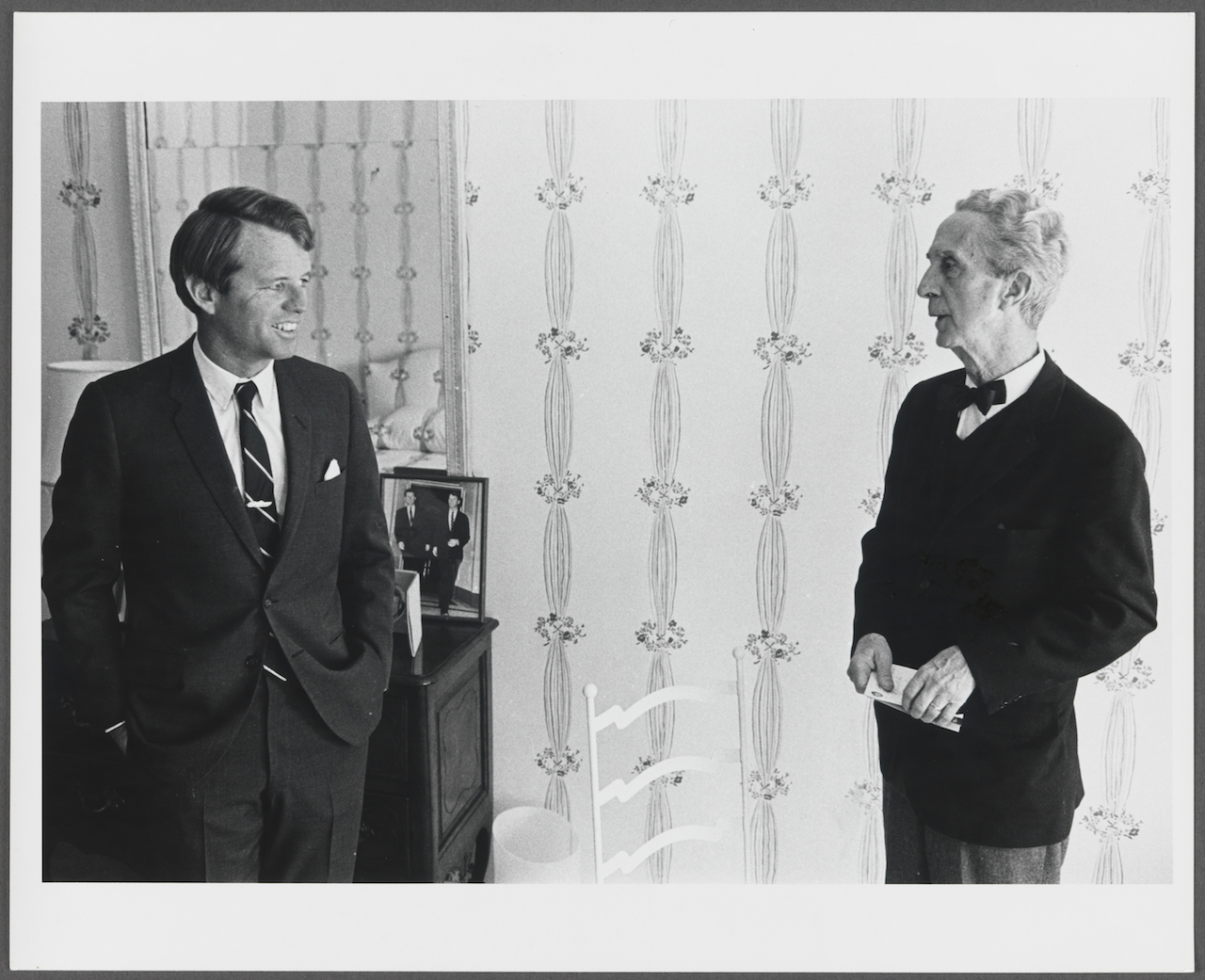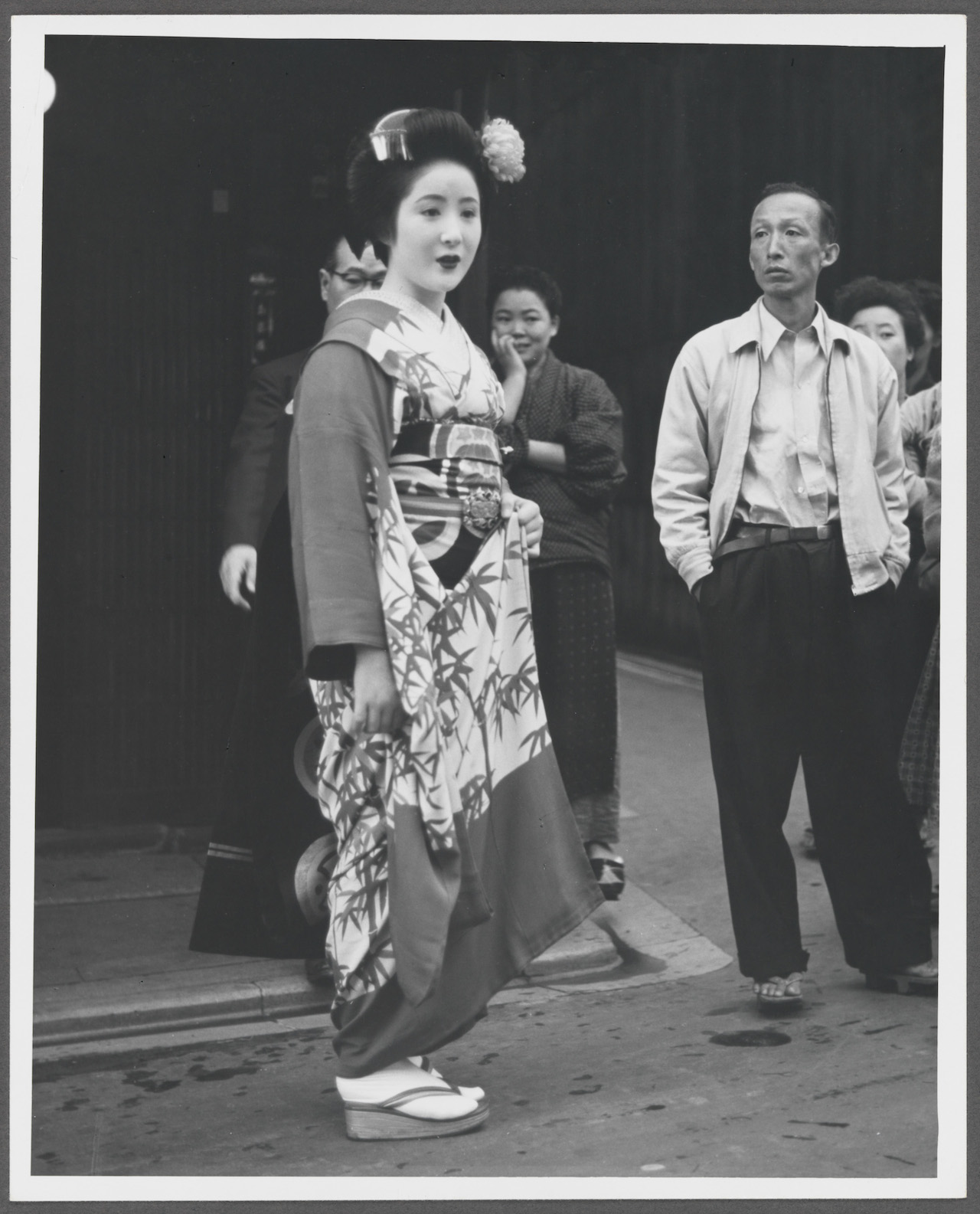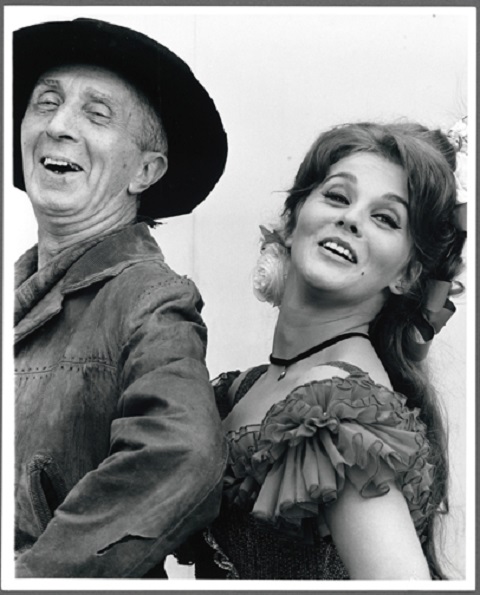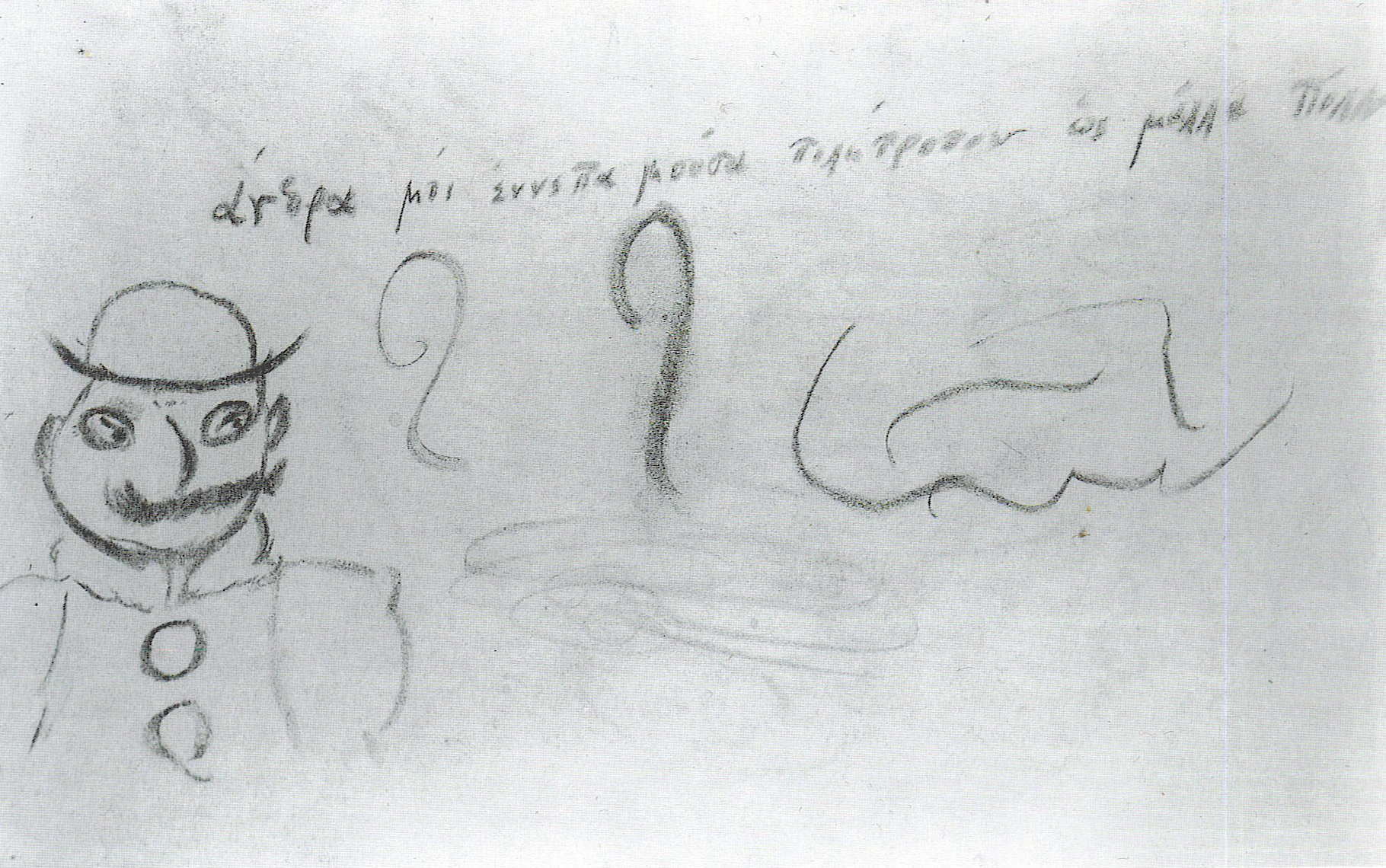Every creative work begins with a draft—or two, or three, or four. Great American novel, iconic painting, generation-defining poem, album of the decade… each represents a palimpsest of sketches, blind alleys, dead ends, demos, and outtakes. So it’s no great surprise to learn that London Calling, the Clash’s double-album masterpiece, exists as an earlier version, recorded by the band themselves on four-track tape machines at their rehearsal space in central London. What is maybe surprising is how good these early recordings are, and that they exist at all. Called The Vanilla Tapes, after the name of their studio, the tapes—though certainly rough—represent what The Guardian calls “a collection of demos and rehearsals that still manage to sound more focused, intelligent and relevant than most of today’s young pretenders.” No need to name names; it’s not much of a stretch to say that no rock and roll band today sounds as interesting as the Clash did in their practices 35 years ago.
Recorded in 1979, then lost, it seemed, forever, the tapes lived only in rumors and sly hints dropped by Joe Strummer of a self-recorded LP. That is until March of 2004, when Mick Jones discovered them in a box and “recognized them instantly for what they were.” The tapes, he said, “hadn’t been heard since before the record was made. It was pretty amazing.” These versions, writes Pat Gilbert at Mojo, are “clean, bright recordings that reveal a group who are evidently enjoying creating something organic and musical.”
Paul’s bass walks, hops and lopes as he feels himself into jazz, funk and disco. Mick plays economically, expertly and fluidly – intelligent licks and chops. Joe’s rhythm guitar cuts through like a man who learned his craft from old Bo Diddley, Bukka White and Chuck Berry records. Topper is magnificent – light, precise and clever. It’s London Calling stripped bare for combo playing: no horns, Hammond, piano, whistling.
At the top of the post, hear a rough take of “London Calling.” Aside from some hesitancy in Strummer’s delivery and a somewhat plodding opening, the recording captures—perhaps even more than the studio take—the apocalyptic dread of the song’s lyrical imagery. Some of the lines are different—London calls to the “the fools and the clowns” and “the mods on the run.” But this early version does have Strummer’s werewolf howl and canny summation of the turn-of-the decade zeitgeist. Above, we have the Vanilla Tapes version of “Rudie Can’t Fail” in all its funky ska immediacy. (Notice the descending melody in the chorus—which I almost like better than the album version’s ascending chorus—and the toasting interjections.) Just below, hear “Heart and Mind,” one of “five completely unknown Clash songs” that appears on the tapes, “a rocker,” writes Gilbert, “pitched somewhere between ‘The Prisoner’ and ‘Death or Glory.’”
Why this didn’t make the album, we’ll maybe never know, but the chorus is great—“You’ve got a heart / You’ve got a mind / But you can’t / Keep them in time.” The other four unearthed outtakes are “Where You Gonna Go (Soweto),” a rockabilly tune called “Lonesome Me,” “bluesy instrumental “Walking the Sidewalk,” and a reggae version of Bob Dylan’s “The Man in Me.” The tapes “included 37 tracks in total… pared down” for release “to the 21 best versions.” Missing from The Vanilla Tapes are London Calling tracks “Spanish Bombs,” “The Card Cheat,” “Wrong ‘Em Boyo,” and “Train in Vain,” confirming “the received wisdom that (except “Wrong ‘Em Boyo”), these were written when The Clash were in Wessex recording the album proper.”
“Muddy, raw, and insistently vague,” writes Pitchfork, the tapes see the band “working hard, but also grasping for a muse.” They found a guiding creative force in producer Guy Stevens, who crafted their demos into the more polished, but still rough enough for punk, studio versions we know well. But even without the benefit of comparison with the brilliant realizations on the record, these early versions stand up on their own as the sound of a band with more rangy creative energy than most groups can muster over their entire careers. The tapes were included in the 25th anniversary legacy edition of London Calling, but you can hear them all on Youtube (listen to “Lost in the Supermarket” above). Like some commenters, you might be surprised to find you like some of these raw demos even better than their celebrated studio versions.
Related Content:
Surviving Members of The Clash Recount the Making of “London Calling” & Discuss New Box Set
Josh Jones is a writer and musician based in Durham, NC. Follow him at @jdmagness






